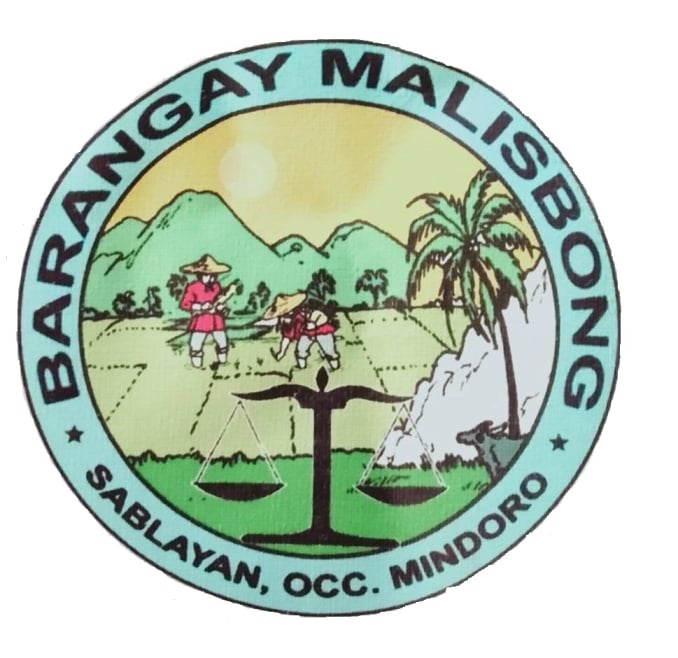Barangays > Claudio Salgado

|
Brief History |
This place was a part of the agricultural estate of Gen. Emilio Aguinaldo during the American regime. However, the wide plain was not cultivated for the laborers of the late military leader refused to live in this forested area for fear of malaria, the dreaded disease during that time. Only a few families of indigenous people belonging to the Tau-Buhid tribe dared to settle here.
Three of the indigenous people who engaged in the kaingin system of agriculture in this place were Maliksi, Malisol and Tembong. When five families of farmers from Panay came and settled here, the three Tau-Buhids continued tilling their kaingin and lived with the lowlanders.
According to Alfonso Samonte, the leader of the five families, the three Tau-Buhids became their friends. Their group took care of the indigenous people and when the three died, they buried their remains at the southwest portion of their kaingin. Years later, the ground where the three were buried rose until it became a hill. To perpetuate the memory of Maliksi, Malisol and Tembong, the place where they lived was called Malisbong.
The group from Panay who first settled in Malisbong were the families of Samonte, Blancaflor, Francisco, Castillo and Cadapan. They cleared the forest and turned it into productive farms. When large groups of families from Luzon and the Visayas region arrived and settled in this place, Malisbong became a sitio of Barrio Ligaya. The inhabitants decided to elect a delegate to the barrio council of Ligaya. Alfonso Samonte was elected to this position. The said leader did his job for many years.
In 1972, based on the provisions of the Agrarian Reform Law, the land occupied by the farmers was surveyed. It was only during that tine when the settlers of Malisbong knew that the land they cultivated was part of Aguinaldo Estate. Due to this discovery, the jurisdiction of the sitio was removed from Brgy. Ligaya and placed under Brgy. Sta. Lucia, since the latter community was also a part of the said estate.
During the early years of martial law, officials of the Department of Education assigned teachers who would teach the children of Sitio Malisbong. Through cooperative labor, parents built the first schoolhouse which was made of cogon, bamboos and lumber. The Catholic faithful also constructed their chapel. They agreed to enthrone San Blas as the patron saint of their sitio. The residents decided to celebrate the first fiesta in honor of their patron saint in 1985.
Although Malisbong was not yet a full fledged barangay, the residents elected a teniente del barrio. They entrusted this position to Alfonso Samonte.
In 1982, The people of Malisbong requested the government authorities to separate their community from Sta. Lucia and elevate it to the status of a barangay. They also requested for the construction of a concrete school building ant the assignment of additional teachers. That same year, their requests were granted.
Since Malisbong is near Sablayan Prison & Penal Farm, many prisoners who reformed their lives decided to settle in this place, together with their families.
With the assistance of the National Irrigation Administration (NIA), the ricefields of the farmers of Malisbong were irrigated. It greatly helped towards the betterment of the living condition of the people in the community.


